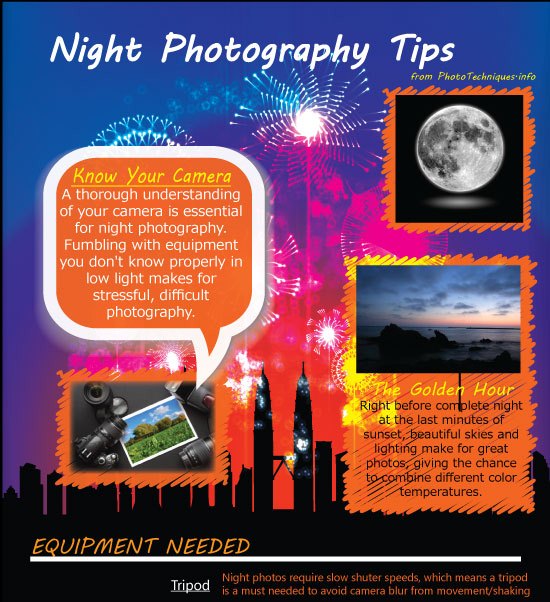Change Your Digital Photography By Mastering Illumination Methods That Can Raise Your Pictures-- Discover The Usual Challenges That Could Be Holding You Back
Change Your Digital Photography By Mastering Illumination Methods That Can Raise Your Pictures-- Discover The Usual Challenges That Could Be Holding You Back
Blog Article
Article Author-Boone Riddle
As a photographer, you recognize that lighting can make or damage your photos. Understanding the subtleties of both natural and artificial light is necessary for capturing the state of mind and quality you aim for in your job. Whether LinkedIn photographer chasing after the ideal gold hour radiance or tweak your synthetic arrangements, mastering these elements can boost your photography considerably. However there prevail risks that lots of overlook, and acknowledging them can transform your method to every shoot. Let's explore what you could be missing out on and just how it can affect your outcomes.
Recognizing All-natural Light
Understanding natural light is critical for any professional photographer seeking to improve their job. It's the structure of excellent photography, influencing state of mind, tone, and clearness. When you shoot outdoors, pay attention to the time of day. The golden hour-- quickly after dawn and before sundown-- uses soft, cozy light that can change average scenes right into stunning photos.
Do not ignore the power of cloudy days. Cloud cover diffuses sunlight, developing a soft, even light that's perfect for portraits and macro photography. You'll find colors pop in this type of lights without extreme darkness.
Positioning matters, as well. Always consider https://writeablog.net/korey1jacquetta/easy-ways-to-improve-your-portrait-photography to the light source. If the sunlight's behind your subject, you might end up with a silhouette, which can be dramatic but mightn't be what you want. Alternatively, straight sunshine can produce unflattering shadows.
https://writeablog.net/jayna0johnathon/find-out-to-uncover-your-distinct-photo-style-by-checking-out-influences-and , transforming your perspective can produce amazing results. Use all-natural reflectors, like water or sand, to bounce light onto your topic, including measurement.
Learning Artificial Light
Understanding artificial light is necessary for photographers that intend to take their skills to the next degree. Whether you're using speedlights, studio strobes, or continuous lights, understanding how to adjust these sources can considerably improve your pictures.
Begin by familiarizing on your own with the essentials of light quality, instructions, and color temperature. Trying out various modifiers like softboxes, umbrellas, or grids to control the gentleness or violence of the light.
You'll find that soft light frequently develops flattering results, while harsher light can include dramatization and depth. Do not avoid darkness; they can boost the three-dimensionality of your topics.
Pay close attention to the placement of your lights. A light located also near to your subject can produce uncomplimentary outcomes, while also far can lead to a lack of information. Make use of a light meter or your cam's pie chart to ensure you're exposing appropriately.
Finally, bear in mind that artificial light can be blended with ambient light for creative impacts. Stabilizing these resources might take method, once you grasp it, your digital photography will genuinely radiate.
Methods for Various Situations
When you enter various shooting situations, adapting your illumination strategies is important for catching the best images. For outdoor portraits, make use of the golden hour-- early morning or late afternoon light-- to soften darkness and improve skin tones.
If it's a severe midday sun, take into consideration making use of a reflector to jump light back onto your subject or seek shaded areas for a much more also exposure.
In low-light situations, like indoor events, enhance your ISO and utilize a large aperture to let in even more light. A tripod can help eliminate camera shake, enabling longer direct exposures without obscuring.
If you're contending night, experiment with off-camera flash to develop dynamic lighting and deepness in your pictures.
For product digital photography, make use of diffused lights to avoid extreme reflections. Softboxes or light outdoors tents can help accomplish this effect.
When photographing landscapes, consider the direction of light and time of day, as it can dramatically change the state of mind of your shot.
Always prepare to readjust your setups and placing based on the situation, as flexibility is vital to grasping illumination in photography.
Conclusion
In conclusion, grasping lights is crucial to raising your photography abilities. Embrace natural light's charm during gold hour, and do not shy away from experimenting with fabricated light techniques. By adjusting your approach to various situations, you'll record stunning pictures that resonate with feeling and clarity. Bear in mind, the best illumination can change an ordinary shot into something phenomenal, so maintain practicing and refining your understanding of both natural and fabricated light. Delighted capturing!
